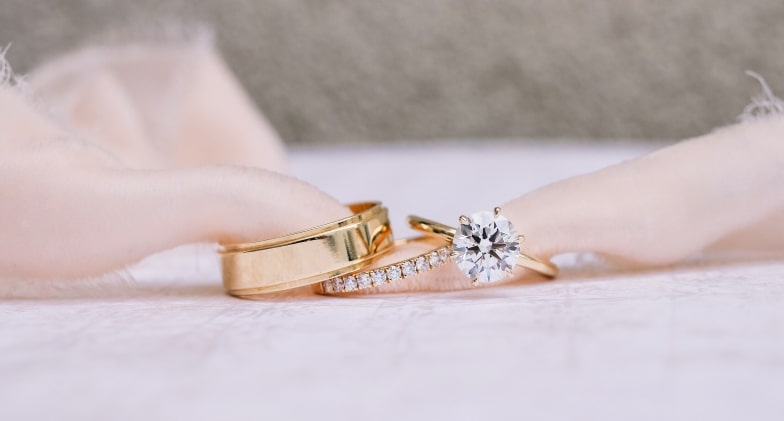A lab diamond wedding band is a traditional piece of jewelry crafted of 14K white gold with a row of certified diamonds. The diamonds have color rank of F and clarity of VS2. They are buffed to a brilliant luster and come with a certificate of authenticity. These rings are often purchased with insurance policies and can be used as a legal proof of quality. However, the rhodium finish will eventually wear away and may not look as nice as other rings.
Choosing a lab-grown diamond
Engagement rings hold special meaning for both partners. They represent commitment, the next step, and love. Diamonds have been the traditional choice for engagement rings for years, but the ethical and environmental issues surrounding mined diamonds are off-putting for some. While these ethical and environmental concerns are real, there are many benefits to lab-grown diamond engagement rings that are worth considering. Listed below are just a few of the benefits of lab-grown diamonds.
A nice cut can help a lab-grown diamond sparkle. One of the ways to determine if a lab-grown diamond is right for you is to conduct a search on the Gem Society’s website using the recommended parameters. Another great place to begin your search is at James Allen, which features 360-degree images of their diamonds. This way, you can see their beauty up close without risking your wallet. Aside from being conflict-free, lab-grown diamonds are also environmentally-friendly and have a higher resale value. Regardless of the benefits of lab-grown diamonds, it is important to choose a quality diamond that will last for many years.
Engagement ring
Buying a lab grown diamond engagement ring is cheaper than buying a mined diamond. Choosing the perfect stone is personal, so choose one with care. The 4 C’s of diamond quality should be weighed in your decision. If you’re not sure whether you want to buy a lab grown diamond, read on to learn how to make the right choice. You can purchase a lab grown diamond engagement ring for under $1000 if you’re sure of your fiancé’s taste.
Natural diamonds can take millions of years to grow lab diamonds UK are made in just a few weeks. A lab grown diamond will look identical to a natural diamond. While lab grown diamonds are more expensive, they have a higher resale value and are considered more desirable overall. Therefore, if you can afford it, buying a lab grown diamond engagement ring will not make you feel guilty.
Wedding band
Whether you want a diamond wedding band or a diamond engagement ring, a lab-grown diamond can provide a perfect fit. These rings are often crafted from diamonds that are colorless, and you can save money by choosing a lower-grade diamond. However, choosing a lower-grade diamond can also make your band look more expensive than it actually is. There are some benefits to choosing a lab-grown diamond, and you’ll be happy with the end result.
If you’re planning to select a lab-grown diamond for your ring, you’ll first need to learn about the four Cs. These are the carat, color, clarity, and cut of a diamond. These grading attributes will help you choose the perfect stone. Keep in mind that these attributes will have the greatest impact on your final decision. While it’s important to consider the 4Cs when choosing a ring, a lab-grown diamond wedding band can still look stunning.
Choosing a lab-grown
A lab-grown diamond eternity band can be a wonderful alternative to traditional, hand-cut diamond rings. These rings are not only affordable but also offer decent quality. A lab-grown diamond eternity band will have high color, VS clarity, and a decent carat weight. James Allen is a popular place to purchase these rings online, but it’s important to understand the differences between lab-grown and natural diamonds.
Last Speech
Natural diamonds are formed by the pressure of millions of years in the earth’s crust. After millions of years, they’re mined. A lab-grown diamond, on the other hand, is created in a controlled environment and therefore has fewer environmental and conflict-related issues. While these lab-grown diamonds are cheaper than their earth-grown counterparts, they still require special care and maintenance. If you’re planning to wear the ring during strenuous activities, you should check that the setting will stay tight.

